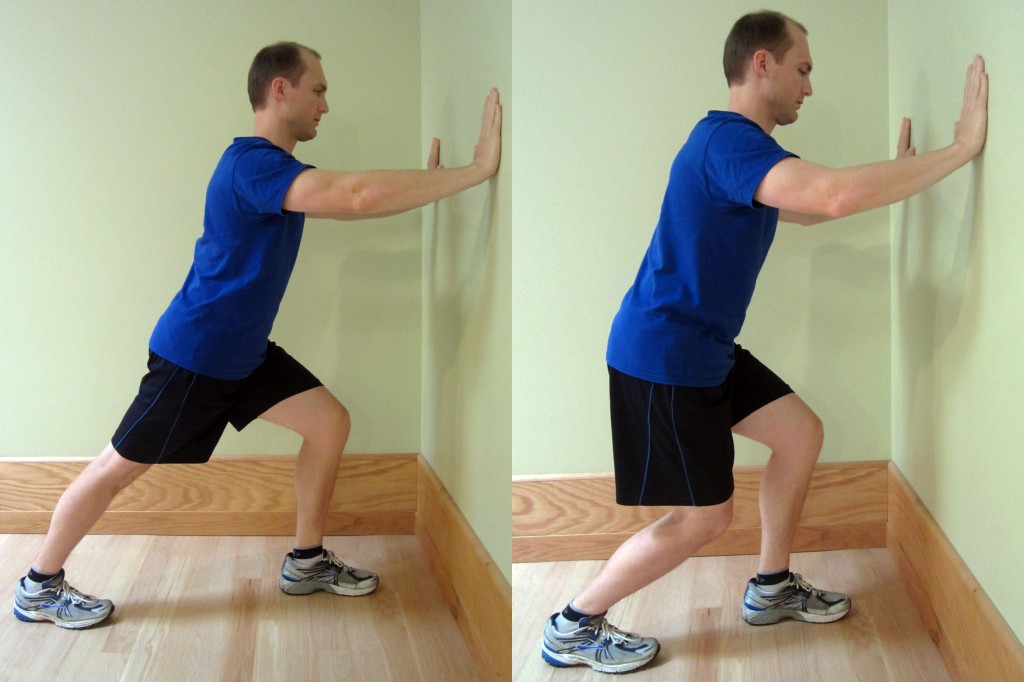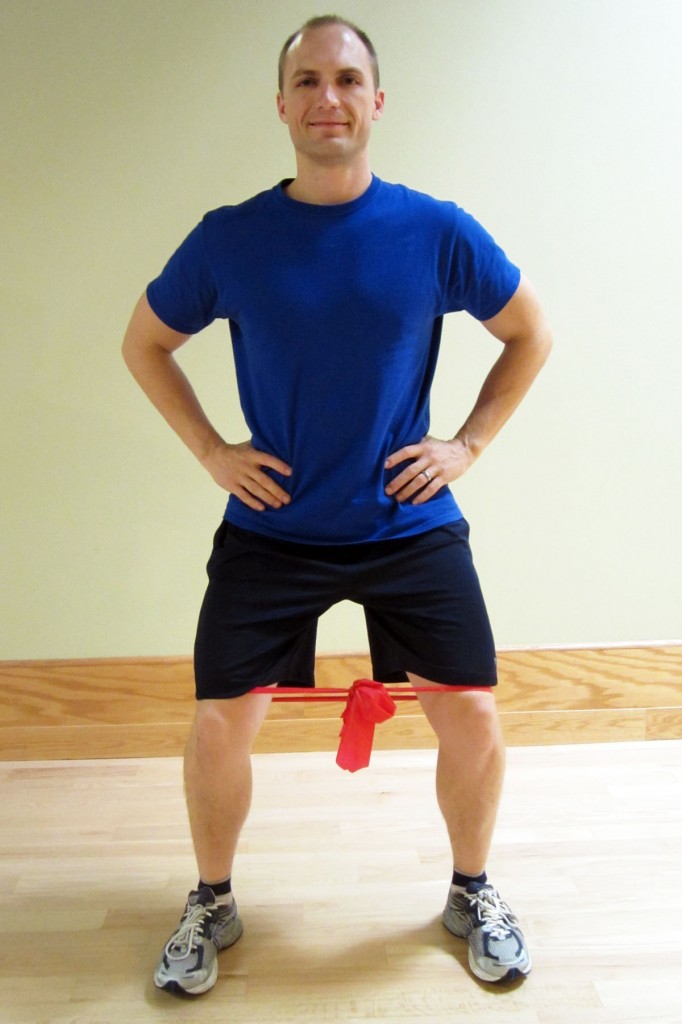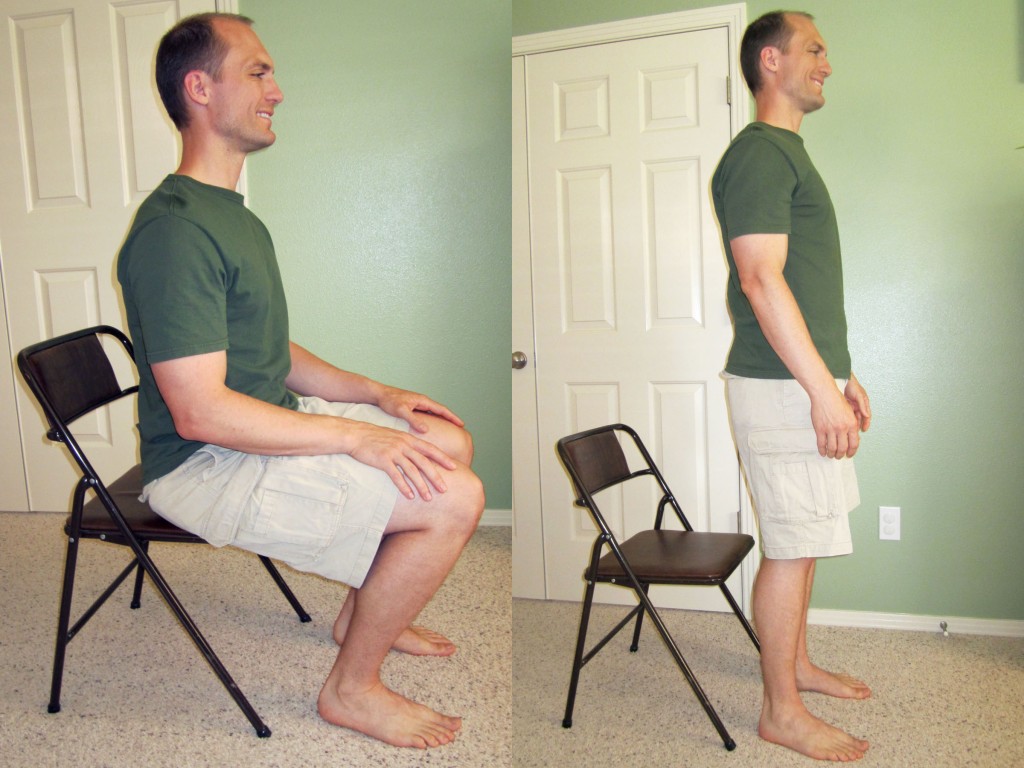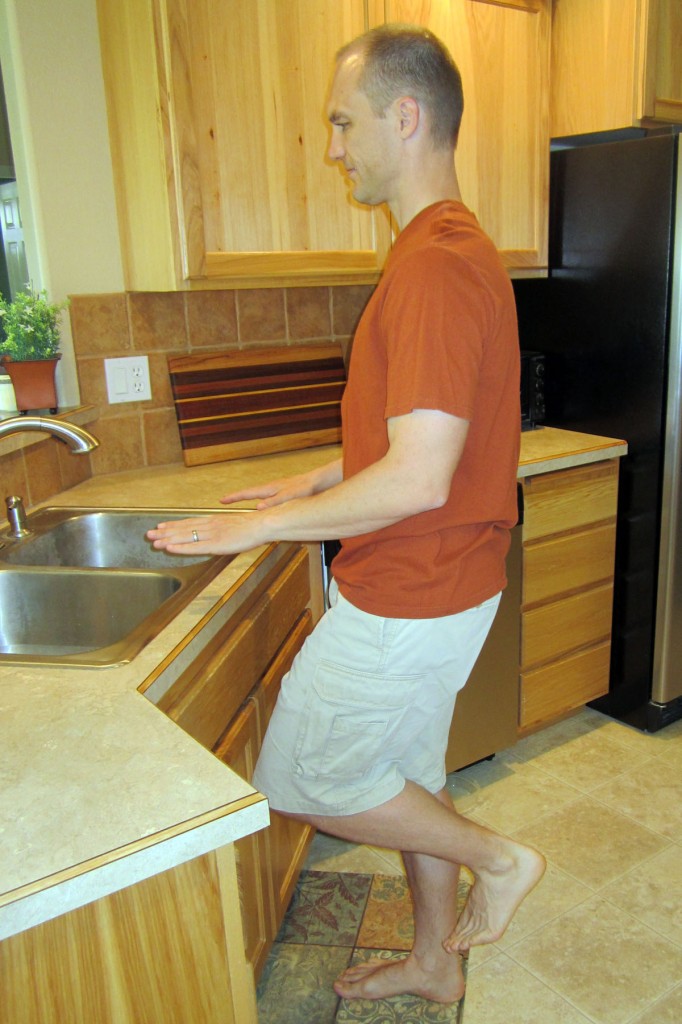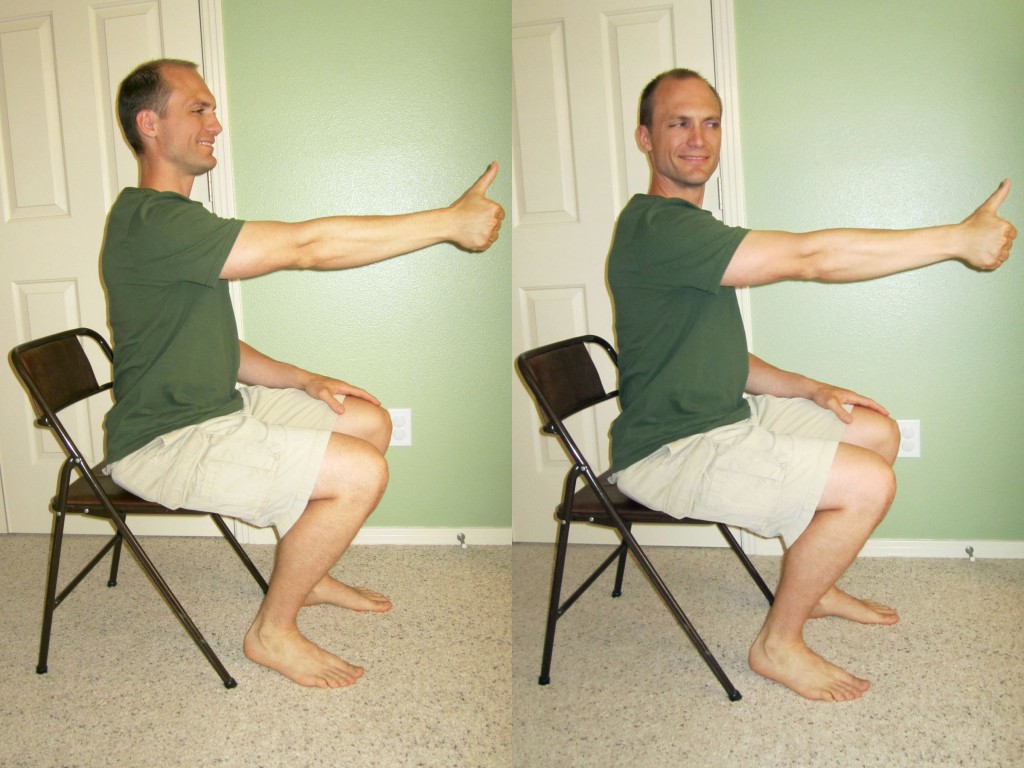In last week’s blog post, I answered a reader submitted question from Kay regarding worsening balance and what we can do to improve our balance. The blog post addressed five different body systems which affect balance and how they work together to insure that we have proper balance and mobility in our environments. In case you missed it or would like to review the five systems, please refer to Q & A: How Do I Improve Balance? (Part I).
This week, I will offer specific suggestions on how you may improve balance in each of the five body systems. If you require specific advice, I highly recommend that you seek advice from a physical therapist or a qualified medical doctor who is well versed in balance related disorders.
Muscle Strength and Range of Motion (ROM) – Without adequate strength, you are unable to balance. These specific exercises can help to improve balance. If your balance may be due to an issue in this area, then the next step is to narrow down as to why. To effectively treat balance disorders, we have to determine what system or systems are leading to the deficits.
Stretch your calves. If your calves are tight, you are more likely to tip over backward as you age. It also affects your body’s normal ability to balance and recover from a loss of balance via what is known as an ankle strategy. Hold each stretch for at least 30 seconds twice on each leg.
Get stronger hips. An easy way to work on strengthening this area is to get into a quarter squat and walk sideways. Keep your toes pointed forward and go both directions. (Add an exercise band for more of a challenge.)
Improve your quadriceps and buttock muscle strength by doing sit to stands. This is exactly as it sounds. Sit down, and then stand up. If this is difficult, start with using your hands, but eventually you shouldn’t need to use them. Use a standard height chair and see how many sit to stands you can perform in 30 seconds. The CDC’s 30SecondChairStandTest .pdf file provides further instructions and norm values for your gender and age. Scoring below your norm values indicates you are at higher risk of falling.
Stand on one leg. I would recommend being near your sink in case you lose your balance. On average, you should be able to hold a single leg stance for at least 30 seconds.
Somatosensory – The somatosensory system is the integration of the neurological system (including the brain and nerves throughout the body) with the musculoskeletal system. This includes all the touch and movement nerve receptors in the muscles, tendons, and joints. This system will be challenged as you work through the other activities suggested. If you’re a diabetic, you must keep your blood glucose ranges within the parameters set forth by your physician in order to help minimize damage to this system. Most importantly for all of us, continue to live a healthy lifestyle.
Eyesight – My first and most obvious suggestion is to visit your ophthalmologist to make sure your eyes are healthy. If you are using corrective lenses, confirm that they are functioning effectively for your needs. You can also work on Vestibular Ocular Reflex (VOR) by performing the following exercise. Hold your thumb or colored object out in front of you and practice moving your head up and down, to the left and right, and at diagonals as you keep focused on the object. Then practice moving the object while your eyes track it in all directions. Finally, try moving the object opposite the direction you move your head while still keeping focused on the object. If you are advanced, try reading a few words while you perform these.
Vestibular – If you’re experiencing vertigo or dizziness, ask your physical therapist to screen you for Benign Paroxysmal Positional Vertigo (BPPV), which is fairly common and easy to treat. Otherwise, it’s best to continually challenge your vestibular system by remaining active, and in particular, moving your head more. Try the VOR exercises described above. Try moving your head while you stand on one foot. Moving your head, jumping, and any bouncing activity in general not only stimulate the musculoskeletal system, but also the vestibular system.
Central Nervous System – Live a healthy lifestyle and move more. The brain needs to be challenged. Think “heart healthy” because anything that keeps the vascular system healthy is also good for the brain. Also, don’t forget to drink plenty of fluids. Like other systems in the body, the brain is primarily water. Dehydration affects your balance in many ways (including the vestibular system) and also increases your risk of blood clots and strokes. Discuss with your medical practitioner any changes, new onset of dizziness, or poor balance as it can be a sign of something more severe or could be a side effect from a new or old medication.
The key to helping someone improve balance is to understand why his/her balance is worsening in the first place. Balance is affected by any one or a combination of the body systems listed above. The brain integrates the information within one’s environment. To effectively treat balance disorders, we have to determine what system or systems are leading to the deficits. That is usually the most difficult part. If a person spends time evaluating why his/her balance has worsened, then an effective treatment program can be designed to address the issue.
If you have a question that you would like featured in an upcoming blog post, please email contact@thephysicaltherapyadvisor.com.

